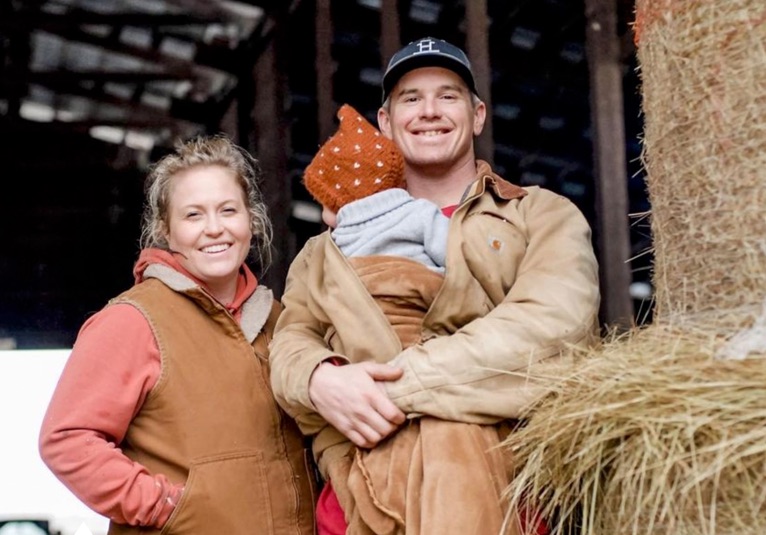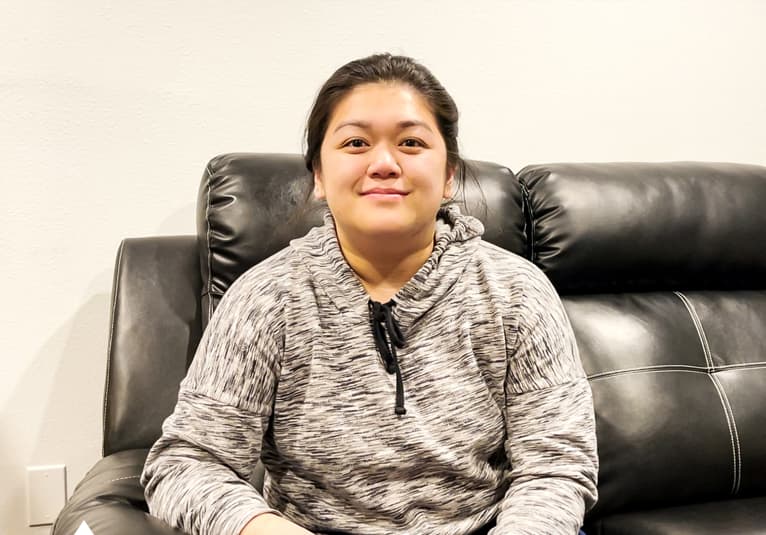Tovah F Developing Alternative Approaches
When I say role play, an example of that is, is when your child comes home and maybe throws their backpack down and you can tell immediately that they’ve had a rough day at school. The first thing that you’re going to do is ask them what happened and hear their side of the story – hear them out completely. It’s really important when we are listening to our kiddos, no matter if they are five or six or 17 or 18, that we hear their story completely without interruption, because this is where our child starts to recognize that we are hearing them and we are validating them.
Once you hear the full story and you get their side of the story. And as we say, there’s always three sides to the story, their side, the other side, and the truth. You want to make sure that you and your child come up together with a variety of other ways that the situation could have been handled. What’s so important about this is to make sure that you’re doing it through the child’s lens. That you’re not just giving them ideas, but they’re telling you the ideas that they feel like realistically they could do at school.
So, for example, we know that the majority of behavioral problems happen during unstructured time at school. And when I say unstructured time, I mean like recess, the cafeteria, walking in the hallway. This is for elementary, middle and high school. This is where the biggest incidents happen. So, for example, at the elementary level, if you have a child playing with a soccer ball on the field during recess and another kid comes and kicks the soccer ball and takes that soccer ball away from your kiddo, and maybe your kiddo gets a lot of feelings about that.
That was my soccer ball. I was playing with that and they go up and they push the kid down so that they can take the soccer ball back, you want to then role play with them? What does it mean if another kid takes the ball and so actually pretend with them, play this out. And this works really well in elementary when that part of their brain development is still being developed, working through an imaginary situation is really helpful to build that into their long term memory, to really build that into their prefrontal cortex, which is what’s responsible for rational decision making.
In the moment when that child has their ball taken away, they’re not in their rational brain. They’re usually in that survival mode. They think fight, flight or freeze. And for some of our kiddos, we know that fight means maybe physical fight, flight means that they’re going to run away from the problem and freeze literally means that they do not know what to do. So they are just going to withdraw from the situation in that moment.
When you find out how your child responded to the situation and you start thinking and helping them brainstorm other ways to handle a difficult situation at school, you want to practice it out with them so that they are not in their survival brain, but they’re in their rational thinking brain practicing this because what we know is that practice makes progress and the more that our children can practice how they are supporting themselves and advocating for themselves in a safe way at school, the more that in the moment, they actually will be able to engage in that behavior.











